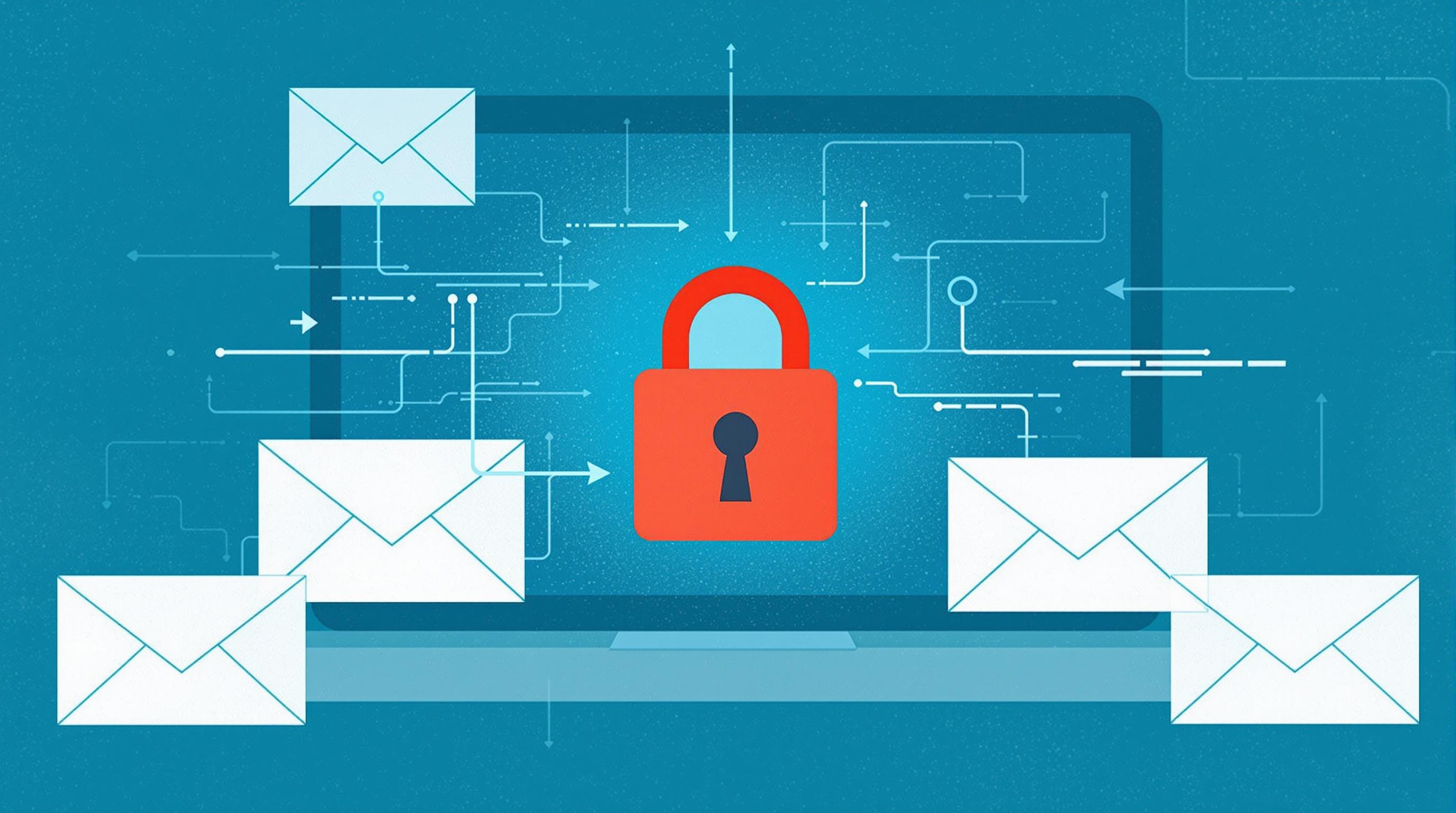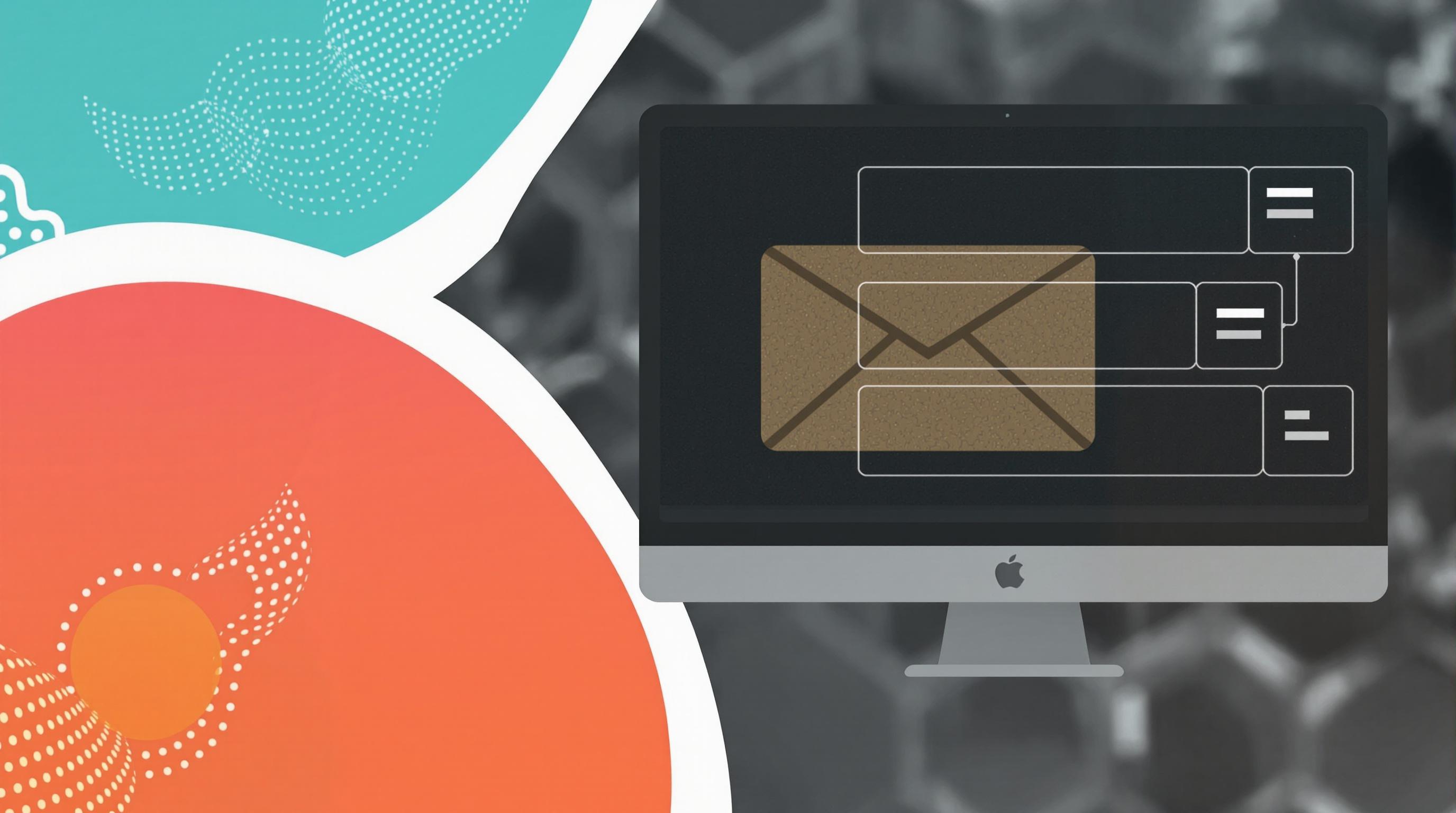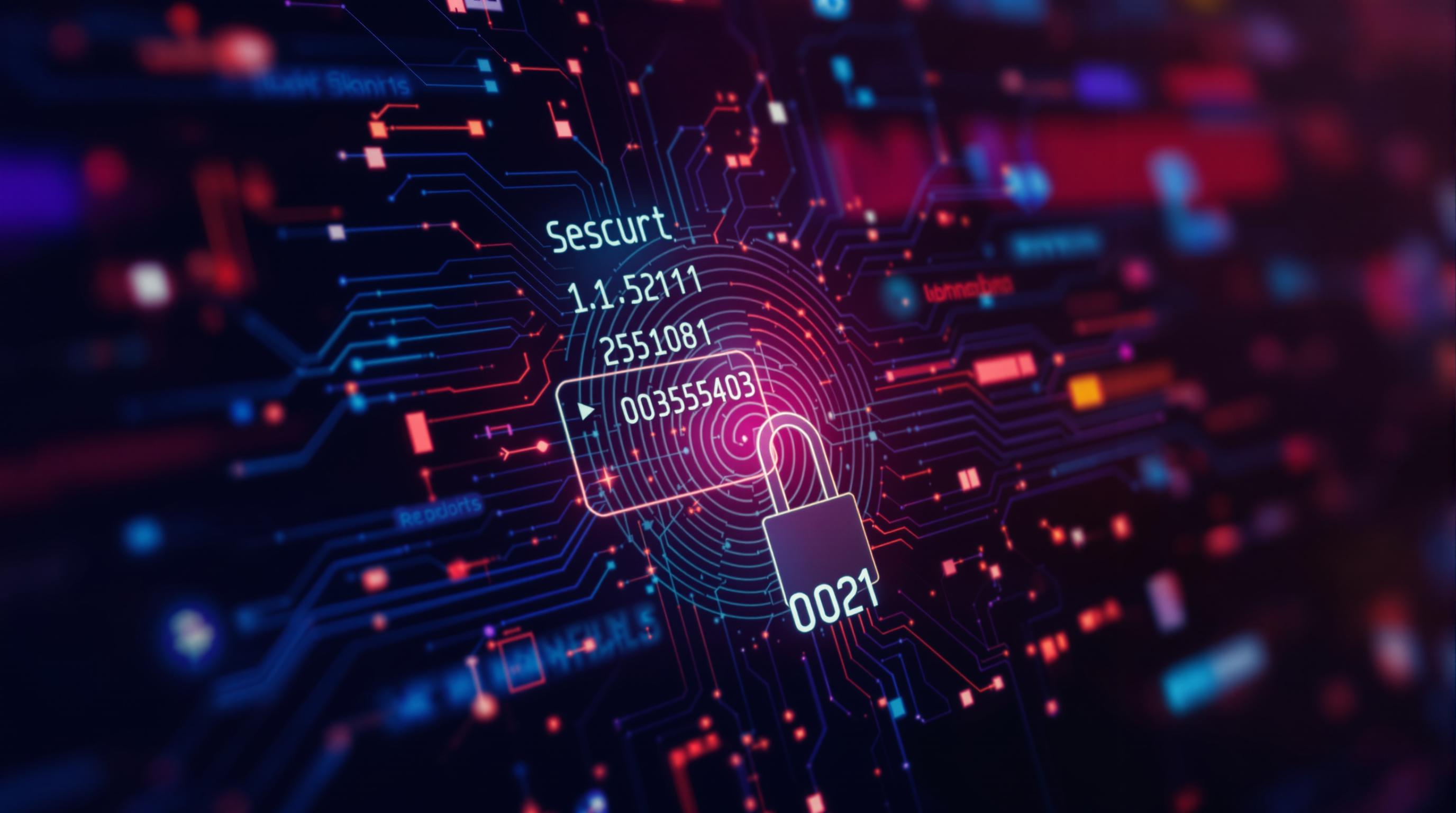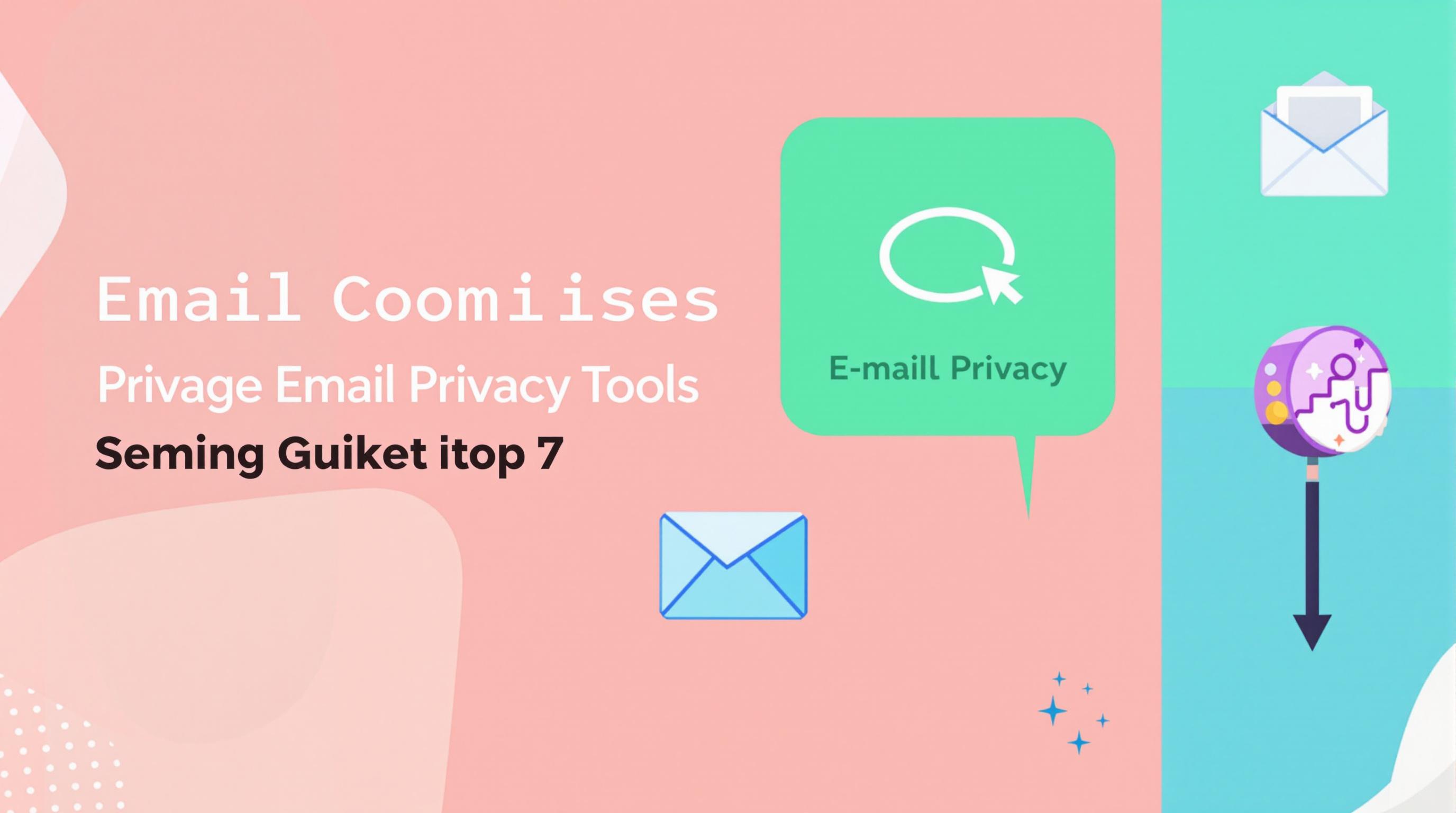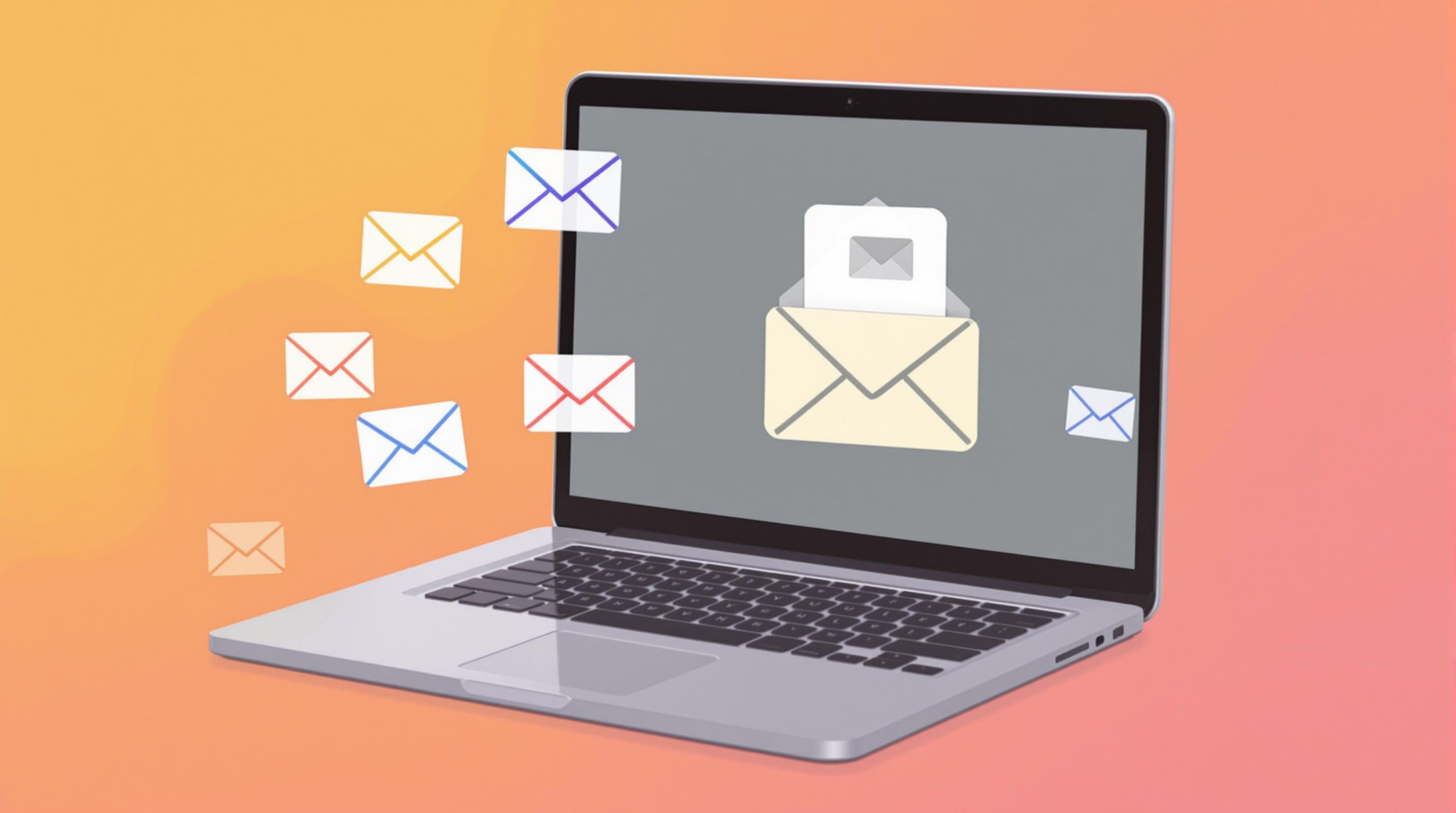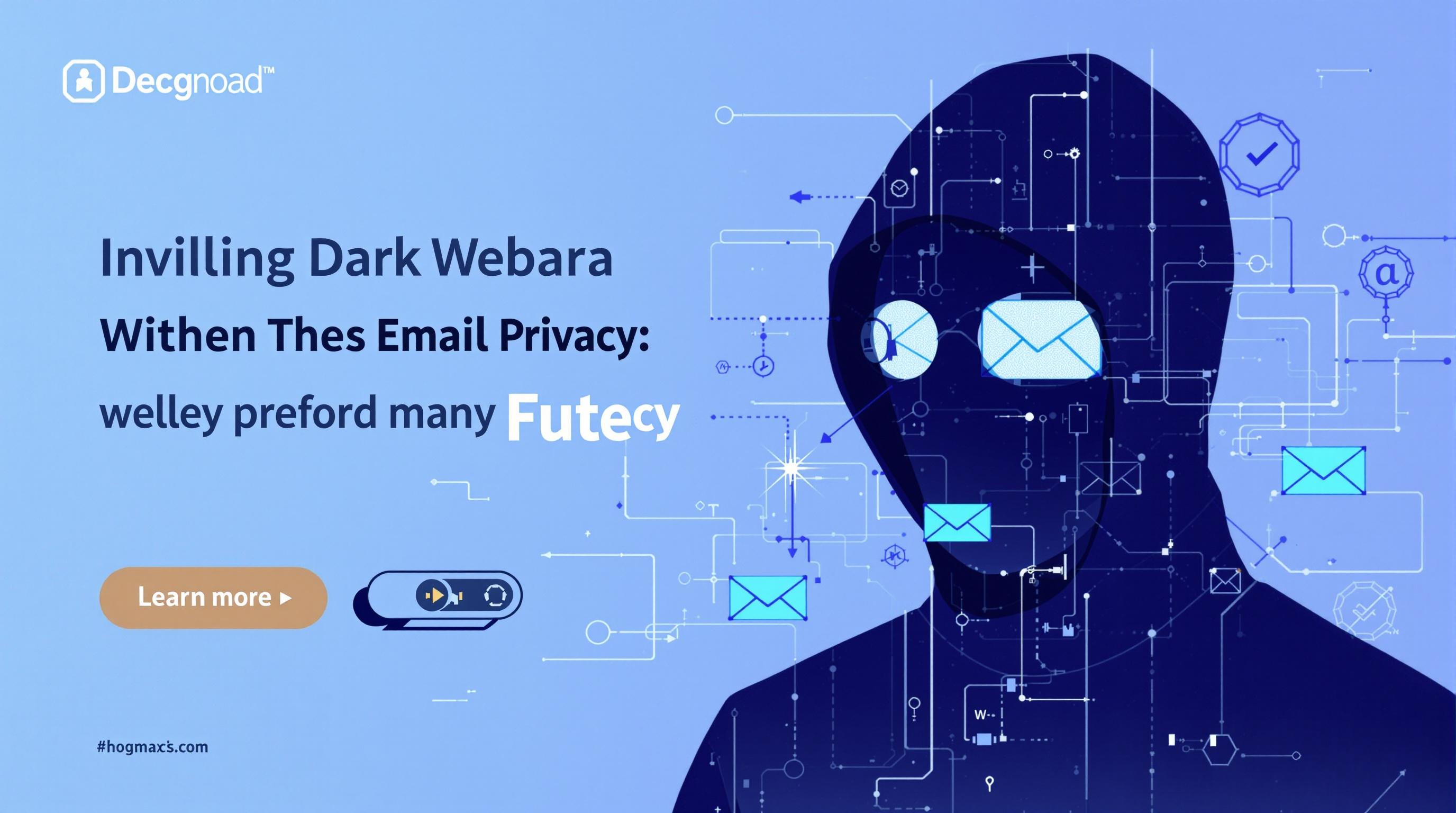Related Articles
- 8 Innovative Password Safes Released Since 2019 Changing How We Protect Our Digital Lives
- Top 6 Revolutionary Password Vaults Debuting Since 2019 That Are Disrupting Cybersecurity Norms
- 7 Innovative Browsers Released Since 2019 That Redefine Online Confidentiality and User Control
- Exploring Psychological Barriers to Adopting Enhanced Mail Safeguards Among Diverse User Groups
- Top 6 Privacy-Focused Browsers Launched Since 2019 That Outsmart Data Trackers Effortlessly
- How Antivirus Software Influences Environmental Footprints: Assessing Energy Use and Electronic Waste Trends
8 Lesser-Known Secure Email Features That Boost Privacy Without Relying on Traditional Encryption Methods
8 Lesser-Known Secure Email Features That Boost Privacy Without Relying on Traditional Encryption Methods
8 Lesser-Known Secure Email Features That Boost Privacy Without Relying on Traditional Encryption Methods
1. Metadata Minimization
Many users focus on encrypting the message content, but email metadata—such as sender and recipient addresses, timestamps, and subject lines—can reveal a great deal about communication patterns. Metadata minimization limits the amount of this data collected and shared, thereby protecting users from unwanted surveillance or profiling.
This feature works by limiting headers or stripping unnecessary fields before sending emails, reducing the footprint left on servers and interceptors. Services that incorporate this method do not necessarily rely on encryption but enhance privacy through smart data handling.
While less talked about, metadata minimization is gaining traction as privacy legislation tightens worldwide. According to the Electronic Frontier Foundation (EFF), controlling metadata is crucial for effective privacy protection.
Source: EFF on Metadata Privacy
2. Ephemeral Messaging
Ephemeral or self-destructing messages provide privacy by limiting the lifespan of an email on the recipient's device or server. Unlike traditional encrypted emails that secure content but leave it stored indefinitely, ephemeral messages ensure that information vanishes after a set period.
This feature enhances privacy by reducing the chances of sensitive data being retained, stolen, or leaked over time. It is particularly useful for communications requiring high confidentiality without the burden of managing encryption keys.
While common in instant messaging apps, ephemeral messaging is now being introduced into email platforms, showing promise in mitigating risks from stored data breaches and long-term surveillance.
3. Anonymous Email Forwarding
Some email services offer anonymous forwarding to protect the identity of the sender. Instead of revealing the original email address, these services use an alias or relay system so recipients cannot trace back to the sender’s real address.
This method boosts privacy by separating identity from communication content without requiring traditional encryption. It is particularly valuable for whistleblowers, activists, and users wishing to communicate anonymously.
Privacy-focused email providers like SimpleLogin or AnonAddy offer such features, ensuring that replies are routed through the alias and the sender remains confidential.
Source: SimpleLogin Anonymous Email
4. Anti-Tracking Measures
Email tracking pixels and link tracers are widespread methods marketers and malicious actors use to gather data on when and where emails are opened. Some secure email clients automatically block these trackers, preserving user privacy.
This anti-tracking feature works without traditional encryption but by filtering incoming email content to remove or disable embedded trackers. It stops third parties from gathering behavioral data without user consent.
Popular services like ProtonMail and Tutanota now integrate these protections, reducing invasive data collection and enhancing user control over email privacy.
5. Onion Routing Integration
Onion routing, popularized by the Tor network, anonymizes internet traffic by routing it through multiple servers. Some secure email tools integrate onion routing to protect the origin of emails from surveillance or censorship.
This method provides privacy by obscuring the sender’s IP address and the path of the email, without necessarily encrypting the message content end-to-end. It is particularly beneficial in restrictive environments or for users requiring strong anonymity.
Using onion routing for emails helps circumvent network-level attacks and metadata collection, making it a valuable adjunct to encryption.
Source: Tor Project Onion Services
6. Zero-Knowledge Storage
Zero-knowledge storage ensures that email providers cannot access or read stored emails, relying on client-side processing instead. Unlike encryption where keys might be handled server-side, zero-knowledge architecture means the service has no knowledge of users' data.
This privacy-enhancing feature does not always use traditional encryption on transit but protects privacy through design, ensuring that providers cannot expose data even if compelled.
It fosters trust since only users retain access to their data, reducing vulnerability to hacking or subpoenas. Services like ProtonMail advocate this method as a core privacy principle.
7. Sender Policy Framework (SPF) and DMARC Enforcement
SPF and DMARC are email authentication protocols that reduce spoofing and phishing risks. By strictly enforcing these policies, email providers prevent attackers from impersonating legitimate senders, indirectly enhancing privacy and security.
Though not encryption methods, they effectively protect inboxes from receiving forged emails, thus preserving the integrity of communication and preventing social engineering attacks.
Recent improvements in these standards have made them a default part of security hygiene for many providers, helping users avoid privacy breaches caused by malicious impersonation.
Source: DMARC
8. Confidential Mode with Access Controls
Some email platforms offer confidential mode where message access is controlled through password protection, expiration dates, or restrictions on forwarding and copying. This feature limits exposure even after delivery.
Unlike conventional encryption, confidential mode relies on access controls and policies to protect email content, requiring no complex cryptographic keys on the user side.
This balances usability and privacy, allowing senders to maintain control over sensitive information beyond just encrypting the data.
Example: Gmail's Confidential Mode
Bonus: Behavioral Authentication
Behavioral authentication analyzes user actions and patterns to detect suspicious access attempts. Although not directly a privacy feature, it indirectly protects email accounts by preventing unauthorized logins without the need for encryption changes.
These adaptive security measures often use AI and machine learning to notice anomalies such as login location or device changes, blocking threats before damage occurs.
With growing threats, integrating behavioral authentication enhances secure access to email without altering message content encryption.
Source: CISA on Behavioral Authentication
Conclusion
While end-to-end encryption remains a key pillar for secure communications, many other features play critical roles in improving email privacy. From metadata minimization to anonymous forwarding, these lesser-known functions provide robust layers of protection.
Understanding and adopting these features can significantly reduce exposure to surveillance, phishing, and data breaches without requiring complex key management or cryptographic skills.
Users seeking better privacy should look beyond encryption alone and consider how these complementary security mechanisms can safeguard their email communications in today’s digital landscape.
